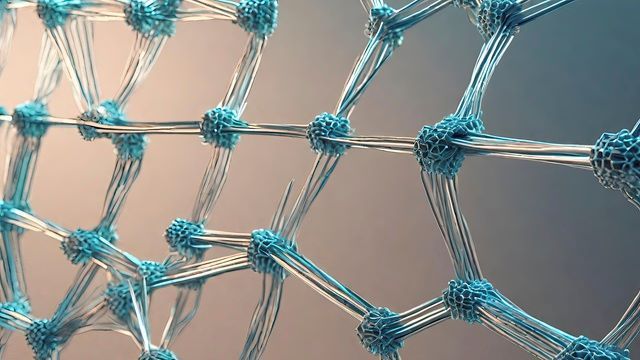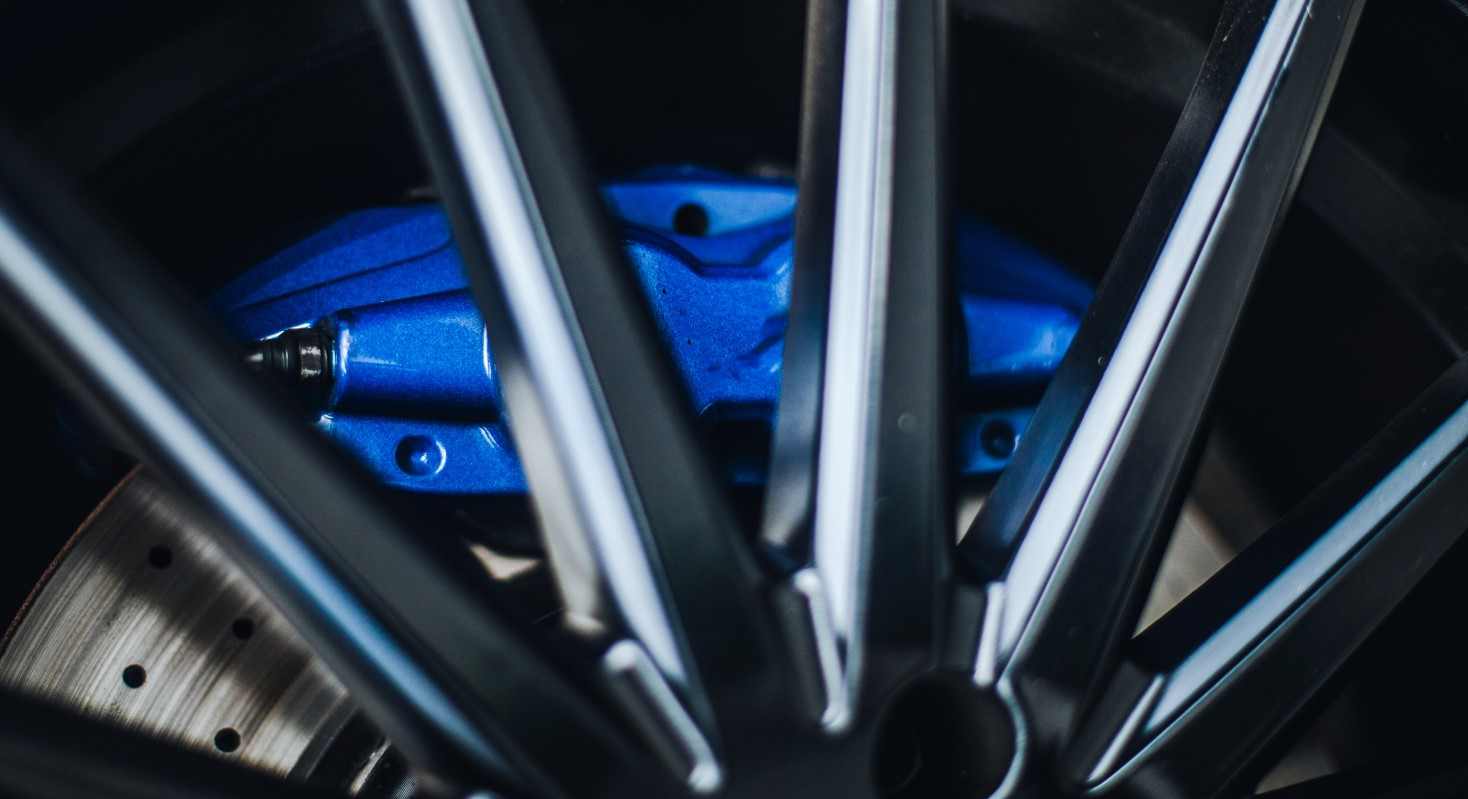Nanofibres Boost Carbon Composites’ Strength and Value
Nanotechnology specialists turn a carbon-fibre weakness into a manufacturing strength.

In a world where strength, lightness, and durability are paramount, advanced materials are the backbone of innovation in sectors like aerospace, automotive, wind energy, and construction. Now a recent discovery by researchers at Oak Ridge National Laboratory (ORNL) in America promises to significantly improve the performance and reduce the cost of carbon-fibre composites—offering exciting implications for the manufacturing sector and companies producing plastics, resins and polymer composites.
The problem with conventional carbon-fibre composites is that they are typically made by embedding strong carbon fibres within a polymer matrix—often epoxy or other thermoset/thermoplastic resins. While this combination results in lightweight and strong materials, one persistent challenge has limited their performance: poor bonding at the interface between the carbon fibres and the surrounding polymer. This weak link in the chain means that even high-grade composites can fail prematurely under stress. It also restricts how much strength and toughness can be achieved from these polymers before a manufacturer has to think about using a different raw material, such as metal.
Traditional strategies, such as applying chemical coupling agents or roughening the fibre surface, have only offered modest improvements. Consequently, manufacturers have long been seeking a scalable solution that strengthens this critical interface without adding complexity or cost.
Finally, nanotechnology scientists look to have solved the problem through the smart application of nanomaterials.
The breakthrough was made by ORNL scientists who have developed an innovative method that significantly enhances the strength and toughness of carbon-fibre composites by introducing a nanofibre interlayer between the carbon fibres and the polymer resin. The team achieved this through electrospinning—a versatile and scalable process—to deposit polyacrylonitrile (PAN) nanofibres (roughly 200 nanometres in diameter) directly onto the surface of the carbon-fibre fabric. These nanofibres form a porous scaffold that not only chemically bonds with the polymer matrix but also mechanically locks it in place.

“The challenge of improving adhesion between carbon fibers and the polymer matrix that surrounds them has been a concern in industry for some time, and a lot of research has gone into different approaches,” explains Sumit Gupta, the ORNL researcher who led the project. “What we found is that a hybrid technique using carbon nanofibers to create chemical and mechanical bonding yields excellent results.”
According to the study which has now been published in the journal Advanced Functional Materials, “The resulting composites demonstrated ≈56% and ≈175% improvements in tensile strength and toughness, respectively, compared to composites without nanofiber.”
This hybrid approach, which combines mechanical interlocking and enhanced chemical interaction, represents a significant leap in composite performance. The ORNL team, working in partnership with the University of Tennessee, has been optimising this technique since 2023, but only now have they been able to verify their results using supercomputer simulations and high-resolution imaging.

This discovery represents a significant advance for the manufacturing sector, as it holds enormous potential across a wide range of industries.
First and foremost, the enhanced interfacial strength means manufacturers can use shorter or discontinuous carbon fibres without compromising structural integrity. This could reduce waste, streamline processing, and lower raw material costs—making composite materials more affordable.
Moreover, the electrospinning step can be integrated into existing composite production lines with minimal disruption. This will enable manufacturers who adopt the process to tailor the nanofibre layer to achieve desired characteristics and performance. This will potentially unlock new design possibilities for lightweight structures in vehicles, aircraft, wind turbines, and infrastructure components.
Furthermore, polymer formulators can develop resin systems that are chemically optimised to interact with nanofibre-modified surfaces, opening a new niche in high-performance composites. The PAN nanofibres themselves are polymer-based, offering plastic manufacturers the chance to supply custom grades or blends suited to specific composite applications.
Beyond mechanical enhancement, the ORNL team is also exploring the potential for multifunctional nanofibre interlayers—enabling properties such as self-sensing, electrical conductivity, or energy harvesting.

With a patent filed and industrial licensing underway, ORNL is actively seeking commercial partners to scale the technology. The sectors poised to benefit include automotive and aerospace manufacturers looking to improve performance without increasing cost, as well as renewable energy and defence contractors aiming to extend the life and durability of critical components. Other polymer and composite manufacturers are also considering how to engage with the research team to try and secure a competitive edge in the evolving polymer/nanomaterials market.
ORNL’s nanofibre innovation marks a transformative step in the evolution of carbon-fibre composites. By strengthening the weakest link in the material’s structure, this method offers a scalable path to stronger, tougher, and potentially smarter composites.
For manufacturers, it means lighter, stronger components produced more cost-effectively, and for polymer and resin producers, it opens new avenues for product development, collaboration, and competitive differentiation. While for the wider industrial ecosystem, it’s a timely reminder that investing in material innovation can yield transformative results.
Photo credit: Vecteezy, Michael Jarmoluk on Pixabay, & Azerbaijan_stockers

